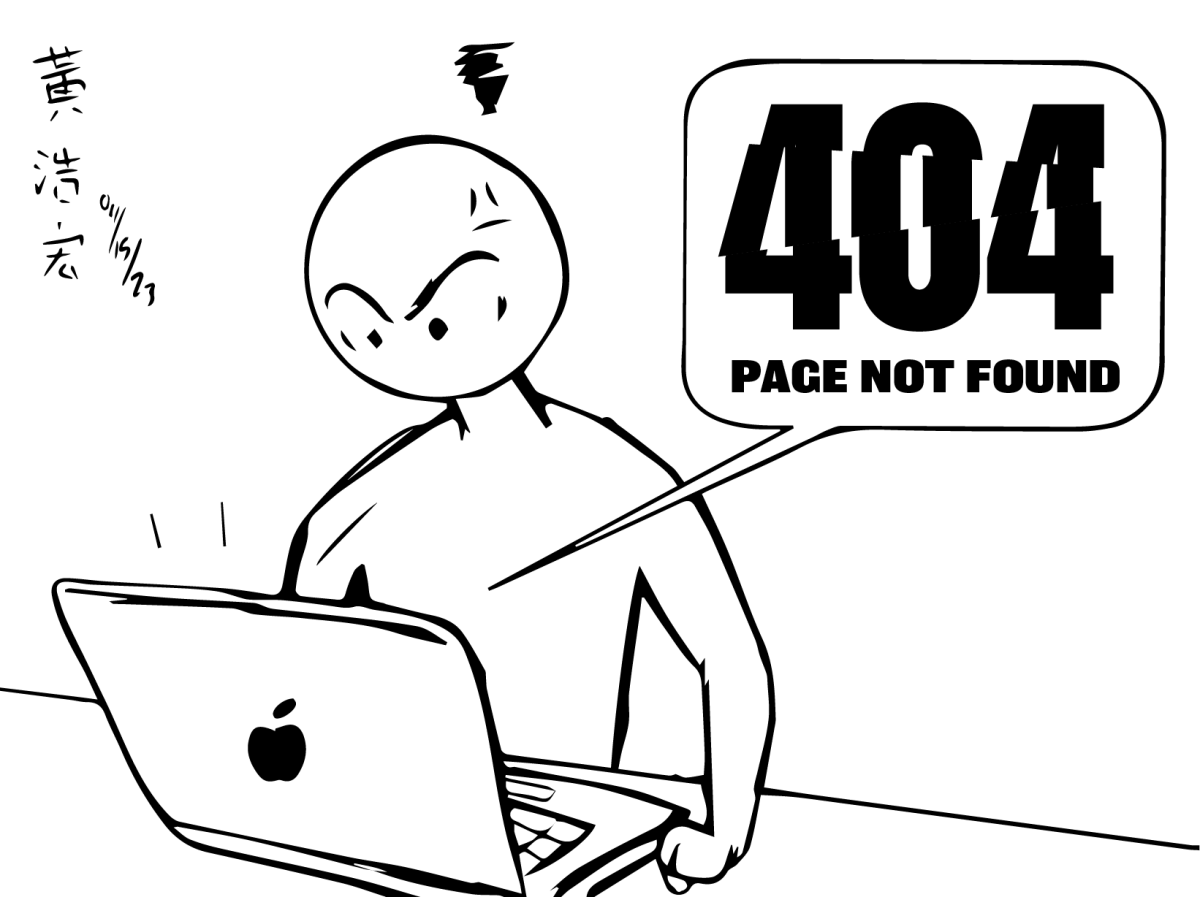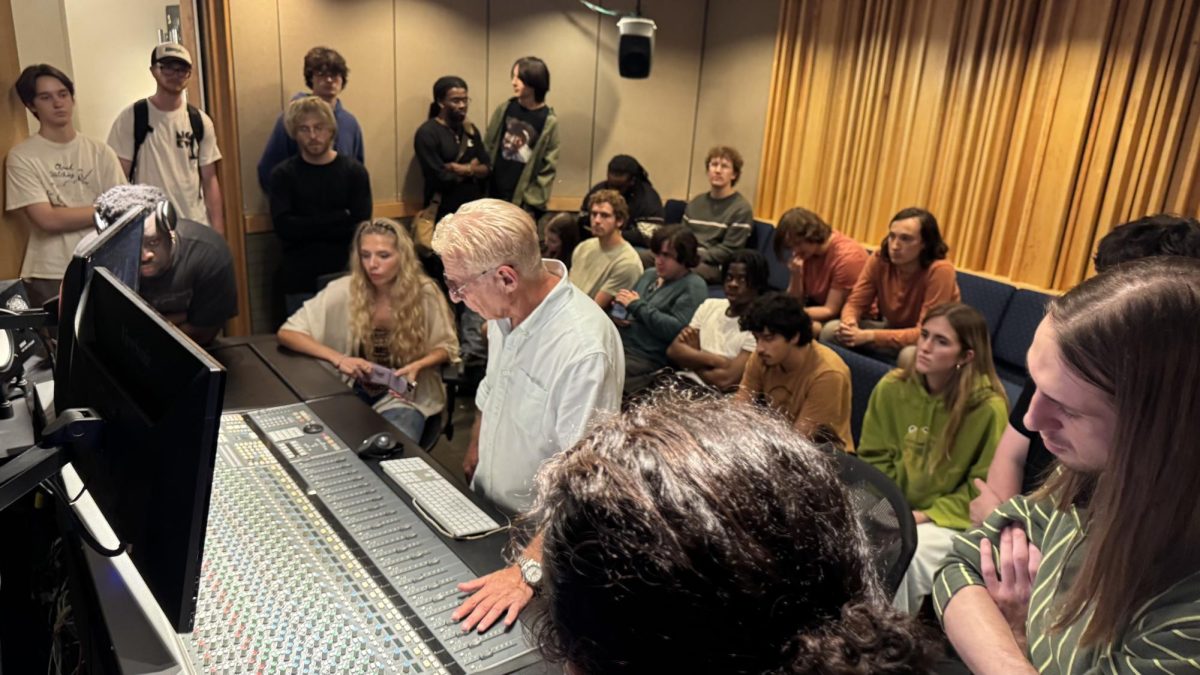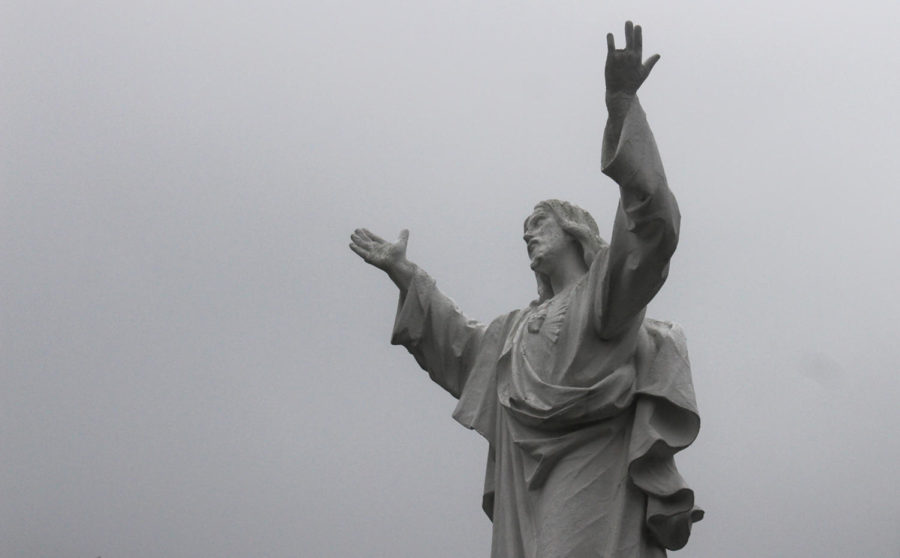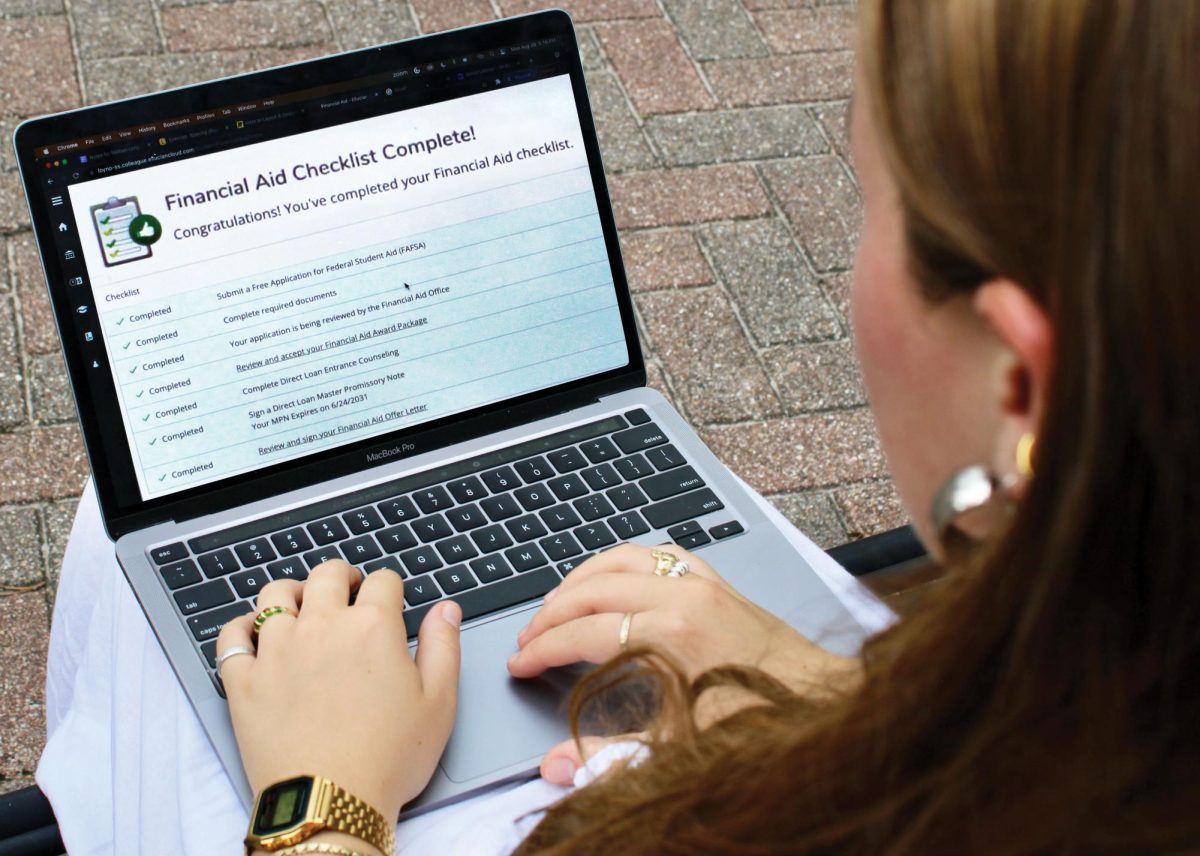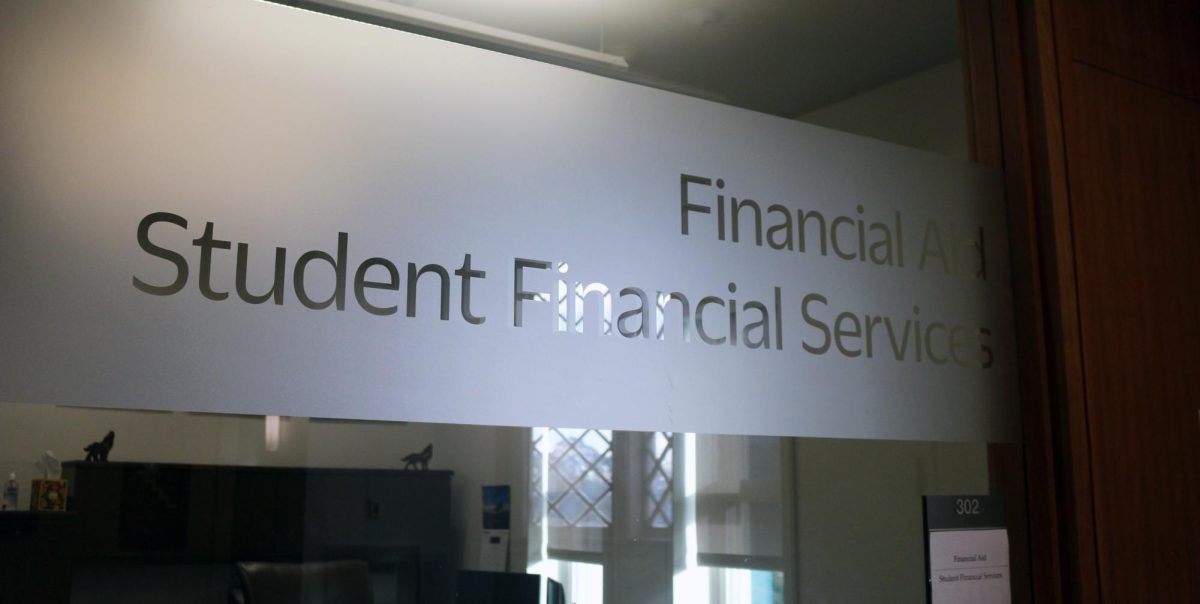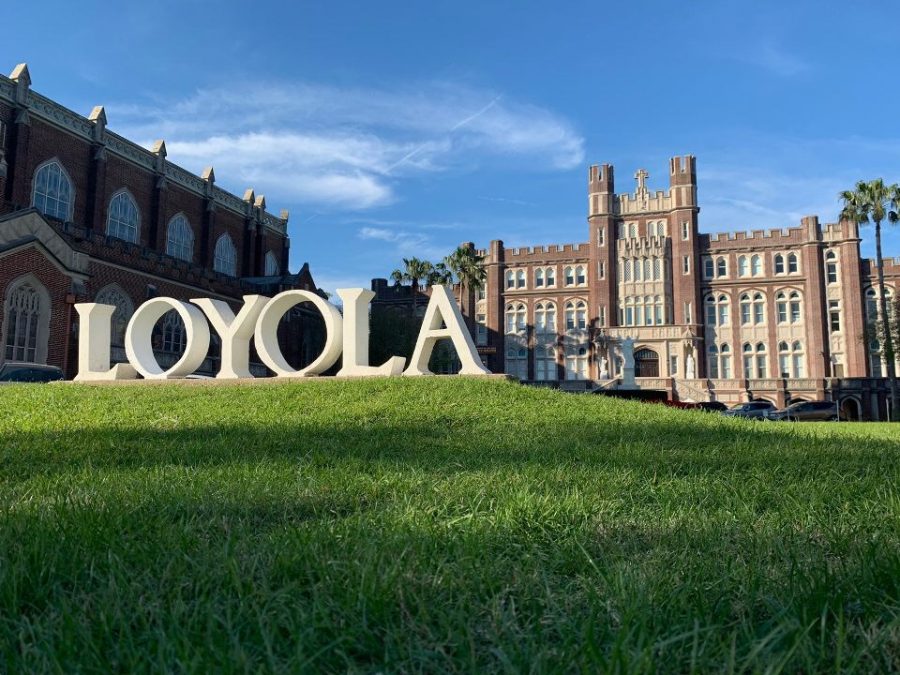Loyola’s endowment has been in a state of slow recovery since 2006, but recent trends indicate some signs of improvement. At the end of the 2012 fiscal year, Loyola’s endowment was at $247,439,561. The figure is down from last year’s endowment number of $261,916,132, but a report prepared at a recent board meeting indicates that it not just the raw number that determines the endowments success.
“Overall, 2012 was a good year for Loyola’s Endowment,” the report said. “The Unrestricted and Restricted Pools returned 12.5% and 18.3% respectively, surpassing all of our benchmarks.”
At the beginning of the board’s report, it is mentioned that there were “several macro headwinds” that were going to make getting strong returns more difficult than normal.
Since the university’s endowment figure is money that is invested and not kept in savings, its financial health is greatly affected by the overall state of U.S. economy.
“It can be noted that over the years, the endowment market value has fluctuated substantially,” Michael Hubbard, portfolio coordinator for the office of financial affairs, said. “In 2008, the markets took a serious decline which effected everyone investing, including the Loyola Endowment. Fortunately, the endowment did not take as hard a hit as many other endowments, but there was a market value decline that would need to be recovered from moving forward.”
The fluctuation is evident in the end of the year endowment numbers. At the end of the 2006 fiscal year in 2006 the endowment was at $ 320,007,000. The economy benefited Loyola in the 2007 fiscal year and brought the endowment total to $347,905,615.
Since 2007 however, outside economic forces have kept the figure below $300,00,000. Though Hubbard said that the market is improving, it may not be evident when looking at the endowment figures for the 2011 and 2012 academic years.
“You will note a slight market value loss between 2011 and 2012,” Hubbard said. “This shows that even as the markets have been slowly recovering, there are periods where the market volatility causes a loss.”
This corresponds with an increase of about 8 percent in the endowment at the end of Loyola’s fiscal year. 2008 was a rough year financially for both the stock market and the university. Loyola saw a 22 percent decrease in its endowment.
The correlation between the endowment and the stock market is strong despite Loyola starting their fiscal year on August 1 while the stock market opens the first Monday in January.
The health of the endowment is significant because they help determine what the university is able to afford.
The endowment breaks down into two categories; the restricted and unrestricted. The restricted endowment is funds that are earmarked for a specific purpose. The restricted endowment is often used for scholarships, professorships, chairmanships and similar interests. ”The Unrestricted Endowment is used to support the Current Operating Budget of the University, said Jay Calamia, vice president of finance and administration. “We use a 3 year average of the last 3 years of the Unrestricted Market Values of the Endowment and take 5% of the Average Market Value to determine the amount that is used to support our budget.”
Calamia went onto say that when there is a decrease in the amount of money available in the unrestricted endowment the university will have to forgo certain things they would have supported if they had the money available. This means that, in times of financial hardship, Loyola would likely dip into their unrestricted endowment to cover costs leaving scholarship funds unaffected, which is important for students like music industry business major Colin Sigmund.
Sigmund said he has seen tuition increases every year since his freshman year. Sigmund thinks that most students don’t know what the endowment is or heaily it can influence tuition rates.
“I didn’t know about it until just now so I guess the average student doesn’t know about it either,” he said.
If the restricted endowment continues to perform well as the economy recovers, it could have an affect on tuition rates. Since the university may not be able to afford the costs of operation with just the funding from the operating budget it could lead to increases in tuition.
Loyola raised tuition 4.9 percent when it adjusted its budget for the 2013-2014 academic year. This was in large part due to lower than expected enrollment and retention numbers, but performance of the endowment in the markets this past year also factored into Loyola’s decision to raise rates.
Loyola will have a lot to consider when looking at the best possible way to ensure the health of the endowment but in the report they prepared for the board meeting, financial affairs said they have a plan in place.
Hasani Grayson can be reached at hkgrayso@loyno.edu


